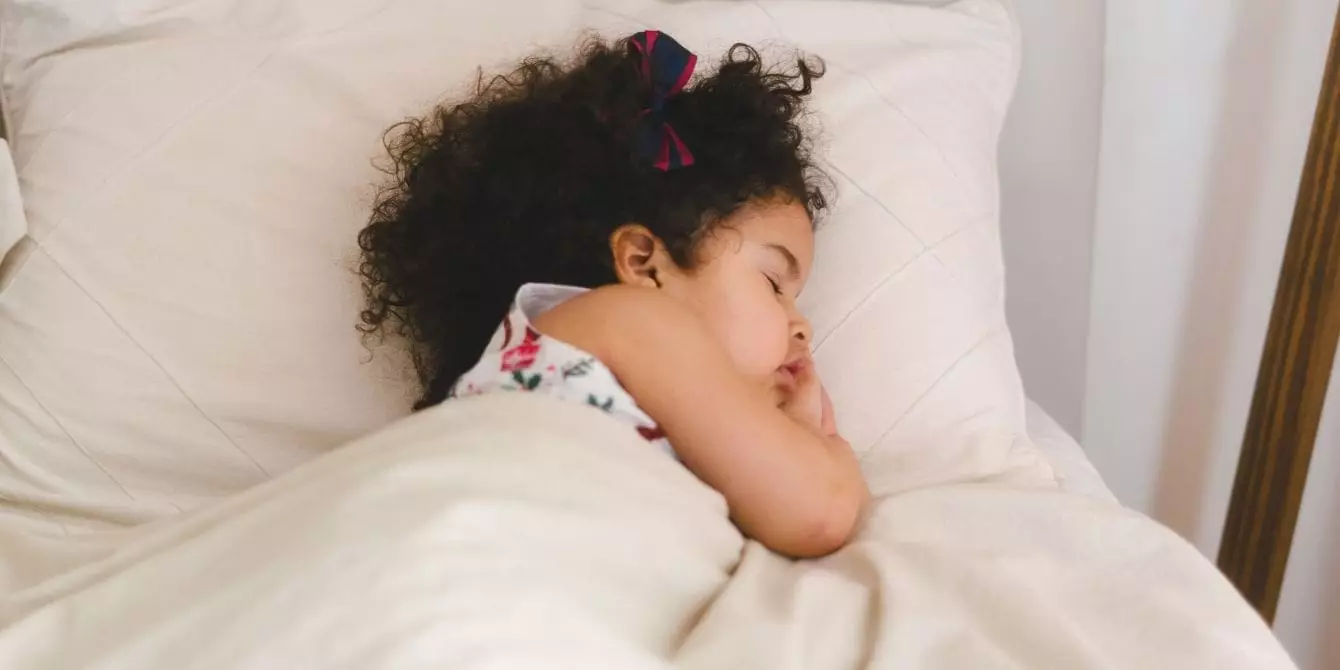In the quest for peaceful slumber for their little ones, many parents turn to sound machines, a staple on baby registries across the globe. These devices, which produce soothing sounds to help infants fall asleep, have gained immense popularity. However, a recent advisory from the American Academy of Pediatrics (AAP) is prompting a reconsideration of their safety, particularly concerning potential hearing loss in children.
In a letter issued on October 21, the AAP highlighted the alarming levels of noise that can emanate from such machines. While parents often instinctively request lower volumes for loud music or media—recalling the refrain “Turn that thing down!” as a mantra—the consequences of exposure to incessant noise can extend beyond mere annoyance. The AAP stressed that infants are not exempt from noise-induced risks. Research suggests that early exposure to excessive sound can contribute to hearing impairments later in life, posing a cumulative threat over time.
Parents might be taken aback by the suggestion that these seemingly benign devices could have adverse effects. Nevertheless, the AAP’s warning serves as a critical reminder that noise levels should not be underestimated, particularly in a child’s nursery.
Safe Listening Guidelines
Experts recommend keeping the sound in a nursery below 50 decibels, roughly equivalent to the volume of a quiet conversation. Unfortunately, many sound machines exceed this threshold, prompting pediatricians to emphasize the importance of monitoring multilevel sound exposure in living environments for young children. Although there are potential benefits from using these devices, including improved sleep quality for infants, the potential risks cannot be ignored.
Moreover, socioeconomic factors can exacerbate the issue; children from lower-income families may be more likely to experience high noise levels in their homes. The inequalities in exposure raise various public health concerns, especially given that the World Health Organization estimates that up to 1 billion young people are currently at risk of hearing loss from various sources.
As families increasingly rely on sound machines to facilitate sleep, the importance of raising awareness about their proper use becomes crucial. Parents should engage with their pediatricians regarding the safe implementation of these devices and actively research the best options that prioritize their child’s auditory health.
Moreover, the dialogue surrounding infant sleep aids must shift from a solely comfort-focused perspective to one that emphasizes long-term auditory health and developmental considerations.
In the end, while sound machines may offer benefits in promoting better sleep for babies, the responsibilities of parenthood extend to ensuring that the sound environment is conducive to healthy hearing. Balancing the need for peace during the night with the imperative to protect hearing is essential. The journey to a good night’s sleep for both infants and caregivers need not compromise long-term auditory health; educated choices will lead to safer sleep solutions for everyone involved.

